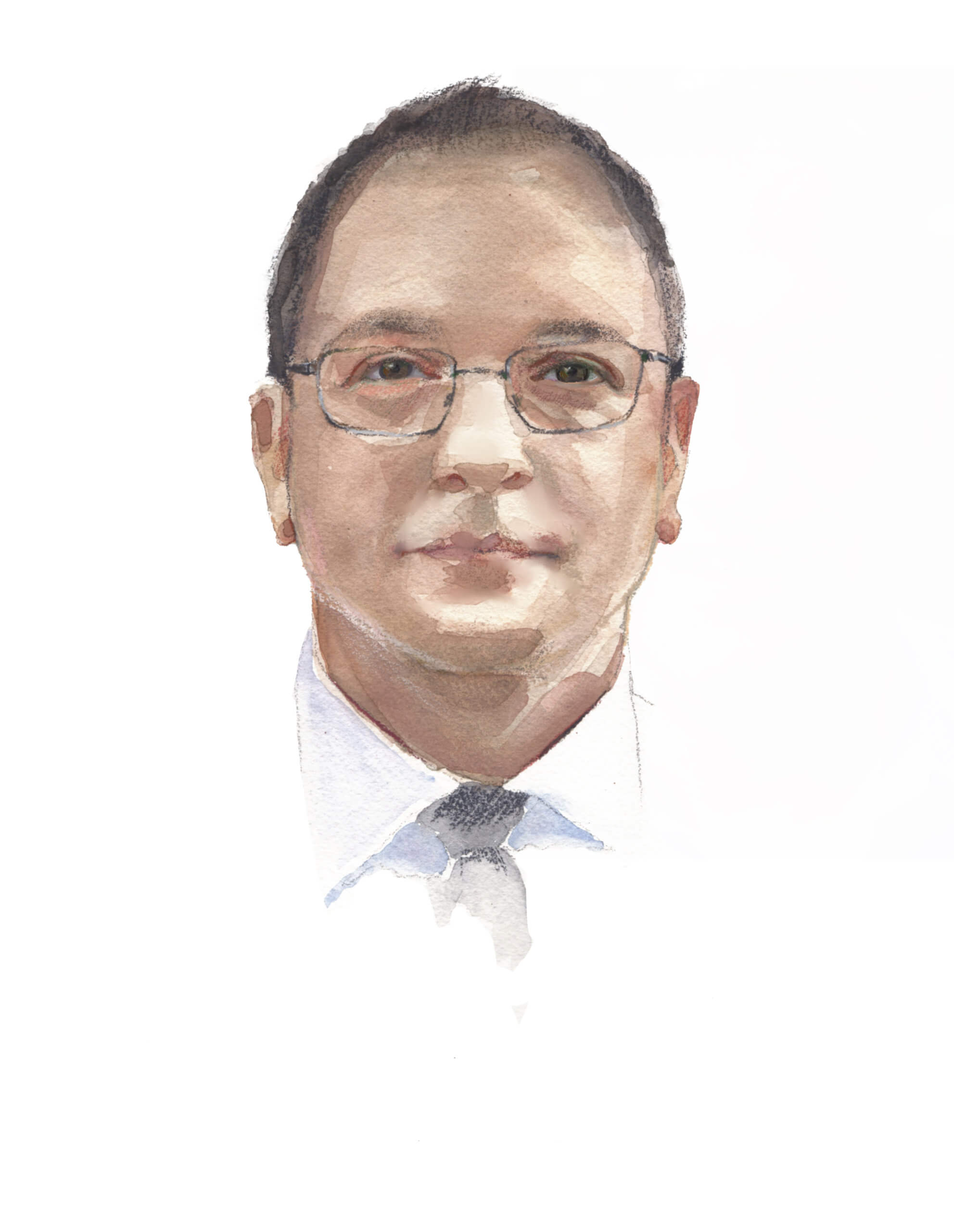There are many layers to estate planning and definitely more than most people are aware of. Most people think of estate planning as the transfer of ownership of property after a person dies. While there is more to it than that, it is true and it is a major part of estate planning. There are many ways that property can be transferred upon a person’s death. We will talk more about how property can be transferred after a person dies here.
How is Property Transferred After a Person Dies?
To find out how property will be transferred upon the death of an individual, the first place to start is by looking at how an asset is titled or who is named on a particular account or deed. The titling of the asset will dictate how the decease individual’s interest in the property will pass. There may be surviving owners or beneficiaries that the interest will pass to. Alternatively, the property may pass according to the terms of the deceased individual’s will or estate plans.
Assets that will automatically transfer by operation of law when a person dies can include a relatively wide range. For instance, when a person names beneficiaries on a life insurance policy or retirement benefits such as a 401(k) or IRA, the asset will pass to the named beneficiary. This is true even if the will names a different person to inherit the asset. Additionally, jointly held assets will automatically pass to the person who has rights of survivorship. This is also true even if the deceased individual’s will states differently. Assets held in a revocable trust will also pass to named beneficiaries outside of probate and according to the terms set forth in the trust document.
Other assets that do not automatically transfer or will be transferred outside of probate will generally be addressed by a person’s will. If a person dies without a will, these assets will be transferred according to state intestate laws. To die without a will is referred to as dying intestate.
Probate is a court-supervised process that involves everything from gathering and managing assets, to the paying of outstanding creditors, to the transfer, or property to the appropriate heirs. At the end of the probate process, legal title of assets is transferred to the heirs. Probate, however, is a notoriously lengthy and often expensive process. Most people choose to estate plan in a way that will avoid probate in full or in part. Heirs must wait until the will has been deemed valid, creditors have been notified of probate proceedings, and those with valid creditor claims have been paid, among other things. The process may take even longer should the estate contain a substantial amount of nonliquid assets or estate tax complications.
Estate Planning Attorneys
Do you have questions about how your property can be transferred after you pass away? Merlino & Gonzalez can help you explore your options. Contact us today.
